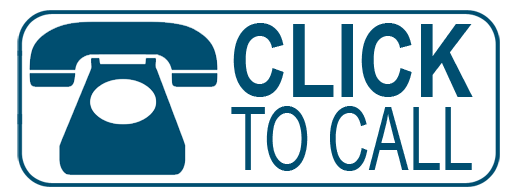Identifying & Treating Heat Exhaustion and Heat Stroke
Heat exhaustion and heat stroke are serious risks, and with summer in full swing you should know the warning signs and treatments in order to protect yourself and your family.
According to the CDC, exposure to excessive heat resulted in the deaths of 2,239 Americans between 1999 and 2003. The risk of heat-related illness increases dramatically when the heat index (a measure of relative humidity and air temperature) rises to 90 degrees or higher.
Symptoms of Heat Exhaustion
Heat Exhaustion is caused by water depletion or salt depletion in the body. Symptoms of water depletion include extreme thirst, general weakness, headache, and in extreme cases, a loss of consciousness.
Symptoms of heat exhaustion caused by salt depletion include nausea and vomiting, dizziness and muscle cramps.
Other symptoms of heat exhaustion include confusion, dark-colored urine, profuse sweating, tachycardia (a resting heart rate over 100 beats per minute), and pale skin.
Young children, the elderly, and individuals with certain health conditions such as high blood pressure, obesity, kidney disease and heart and lung conditions, are at a much higher risk of heat exhaustion.
Treatment
Recommended treatments for heat exhaustion include:
- Drinking plenty of non-alcoholic, non-caffeinated fluids
- Removal of heavy, constrictive clothing
- Taking a cool shower
- Resting in an indoor space under air conditioning
Heat exhaustion can progress to a much more serious condition known as heat stroke. You should immediately contact your physician if symptoms of heat exhaustion persist for more than 30 minutes.
Symptoms of Heat Stroke
Heat stroke, also known as sunstroke, is a serious condition that requires immediate medical attention. If left untreated, heat stroke can be fatal.
The hallmark symptom of this condition is a core body temperature of 105 degrees or higher.
Other symptoms of heat stroke include:
- Nausea and vomiting
- Shallow, rapid breathing
- Seizures
- Lack of sweating
- Headache
- Rapid heart beat
- Reddening of the complexion
- Dizziness
- Loss of muscle control
- Confusion
- Unconsciousness
Treatment
If you suspect that you or a loved one may be experiencing heat stroke, call 911 immediately. Delaying proper medical treatment can result in death.
There are a number of steps you can take while waiting for emergency medical personnel to arrive. They include:
- Application of an ice pack or cold compresses to the sufferer’s neck, back, groin and arm pits.
- Immersion in a tub of cold water
- Rest in an air conditioned, indoor space
- Remove all unnecessary clothing
- If no indoor, air conditioned area is available, the sufferer should be moved to a shady area and fanned until help arrives
The immediate goal of these treatments is to lower the body temperature to 102 degrees or lower.
The best way to prevent heat exhaustion and heat stroke is to limit your outdoor activities to the early morning and evening hours. When that’s impossible or impractical, knowing the symptoms and recommended treatments can help you prevent the serious, and even fatal effects of these medical conditions.
We hope you found this information helpful. If so, please share it with your friends and family and, as always, we welcome your comments.
Please Follow Us on Twitter, and Like our Facebook Fan Page .
Please subscribe to our blog by entering your email in the subscription box located on the left hand side of this page.
Heat Exhaustion and Heat Stroke – Know the Signs by Metro Energy Savers is licensed under a Creative Commons Attribution-ShareAlike 3.0 Unported License.


